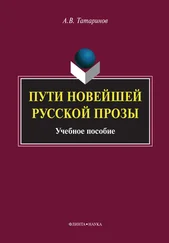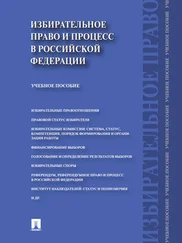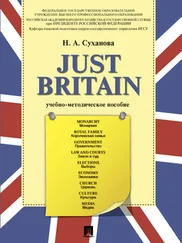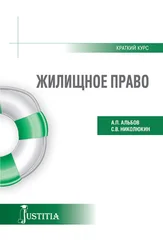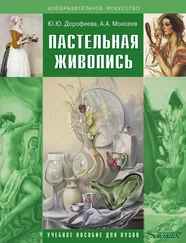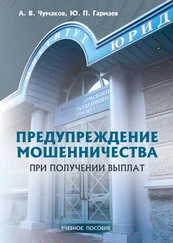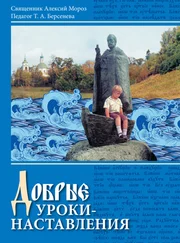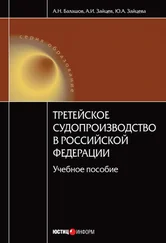Winchester castle was still the seat of Government. Here William set up his government office, which controlled the collection of taxes and kept account of all expenses. From this office men were sent out in 1086 to make a detailed record of all the wealth of England, for William, fearing invasion from Denmark, wanted to extract the maximum in taxation. The result was the Domesday Book, which gives us a complete description of the country. The book occupies 400 double-sided pages and paints a picture of a country where virtually the entire population was engaged in agriculture with little or no industry or commerce, and few towns.
 William’s reign saw a wave of new building in the beautiful style called Norman or Romanesque. The Romanesque style was fully developed by about 1100, becoming the accepted style for church buildings throughout Europe, with marked regional variations. In England, soon after the Norman Conquest work began on the Cathedrals of Canterbury, Lincoln and Winchester [12] , and the churches of St. Albans, Ely and Worcester. However, only parts of these buildings have survived: they were all largely rebuilt in the 12th – 14th centuries. The finest Norman building to survive in England is Durham Cathedral, begun in 1093 and completed in 1133. [7] The style made use of massively thick walls, huge columns and lofty vaults. There were small windows and doors. The round arch became established as the basis of the church interior. [9] Some of the churches were indeed very ornate, with decorated pillars and carved doorways.
William’s reign saw a wave of new building in the beautiful style called Norman or Romanesque. The Romanesque style was fully developed by about 1100, becoming the accepted style for church buildings throughout Europe, with marked regional variations. In England, soon after the Norman Conquest work began on the Cathedrals of Canterbury, Lincoln and Winchester [12] , and the churches of St. Albans, Ely and Worcester. However, only parts of these buildings have survived: they were all largely rebuilt in the 12th – 14th centuries. The finest Norman building to survive in England is Durham Cathedral, begun in 1093 and completed in 1133. [7] The style made use of massively thick walls, huge columns and lofty vaults. There were small windows and doors. The round arch became established as the basis of the church interior. [9] Some of the churches were indeed very ornate, with decorated pillars and carved doorways.
As for domestic architecture, there were manor houses and castles. In early Norman England the hall, together with a few out-buildings about a courtyard constituted the entire accommodation of the manor house. The first castles had a mound or motte [6] (in modern England remains of more than 3,000 Norman mounds can be found) with a single defensive four-storey tower and a bailey, that is a fortified outer wall initially made of wood and later of stone. The most famous of the early Norman towers is the White Tower of London begun in 1078. Slightly later came circular shell-keeps like that at Windsor Castle. In the mid-12th century this style changed under the influence of the Crusades. A fine example of the new style is Conisborough Castle built about 1180 (used as a setting for the film based on Ivanhoe by W.Scott). The tower or the keep was retained as a lordly residence. [14] This was surrounded with a stone curtain wall with solid half-round towers along its length. Rings of concentric defenses were to be the future of the castle form. [13] By the second half of the 12th century the castle had already become primarily a domestic residence, but with built-in precautions for protection against social unrest.
For the invaders the conquest of England was a remarkable achievement, and enduring at that. For the native population it was a cruel and humiliating defeat which swept their civilization away. The new aristocracy saw its first loyalty not to the land they had conquered but to Normandy. For four centuries to come English kings were also to be continental rulers, and the wealth of England was expended in wars aimed at acquiring, defending and sustaining a mainland empire.
The state which William I created called for strong kings. Fortunately he was succeeded by two of his sons who were just such men, but disaster was to strike later when his grandson seized the throne. The crown passed first to the king’s second son, William Rufus, next to his fourth son Henry I, and finally to his grandson, Stephen. Stephen was a weak king, so the result was anarchy. Some of the barons went over to Matilda, the daughter of Henry I, others were loyal to Stephen. Worse, the barons began to fight private wars with each other.
Before his death in 1154 Stephen adopted Henry, Matilda’s son, as his heir. Henry’s father was Geoffrey Plantagenet, Count of Anjou, Matilda’s second husband, and his wife was Eleanor from Aquitaine. So, when he came to the thrown as Henry II (1154–1189) he held an enormous empire including England, Normandy, Brittany, Anjou and Aquitaine, and called the Angevin Empire. Henry II was the first of 13 Plantagenet kings who were to rule England for 300 years. He was universally respected as a just and wise king. He was the first literate king after the Conquest, being able both to read and write. Henry set out to restore the power of the crown and in so doing laid the foundations of a system of government that was to last for centuries. These developments came about partly because the king, having always to be on the move, needed to leave officers he could trust behind him. So successful was he in the case of England that he was able to absent himself for several years at a time, and yet order and justice were maintained. Castles illegally constructed by the barons were demolished and replaced by manor-houses. A knight’s feudal service of 40 days was of little use to Henry, who needed regular soldiers to guard his French possessions. He encouraged his lords to pay a special tax instead of sending him their knights. This allowed him to hire professional soldiers, while the knights remained at home and improved their manors.
Henry II is best remembered for his reform of the courts and the system of law. He sent out his own judges to make regular tours of the country, and any freeman could take a case to them if he didn’t trust the local courts. Most important was Henry’s jury system. In Henry’s times the jurors were witnesses themselves, and no man could be tried unless a jury of 12 men swore that there was a true case against him. This was real progress. In England now there are two kinds of law: statute law, that is Acts made by Parliament, and common law. Common law was first collected together by Henry II. It reflects the changing customs of the land which have been expressed in court judgments through the ages. Henry believed so strongly in the rule of law that he kept no army in England, but laid down the exact weapons and armour that every free man should hold ready for the defence of his country.
What proved a real problem was the king’s relationship with the church and the man who was to become first his chancellor and then his Archbishop of Canterbury, Thomas Becket. Many practices of the church courts were an insult to Henry’s rule of law, for they often let even murderers go unpunished. Besides, by the close of the 11th century, the church was undergoing a revolution, asserting the dignity of the priestly office and the power of the popes as direct successors of Christ through St. Peter. The Anglo-Saxon and the Norman church had been at the service of the state. The kings were sacred beings and appointed both bishops and abbots. The king presented them on appointment with a staff and a ring, symbols of their office. The staff, called a crozier, symbolized their role as the shepherd of their flock. They then did homage to the king and received their lands. The struggle to separate the church from the control of the state was to become focused on the one act of the king giving the office holder his staff and ring. In the reign of Henry I a compromise was reached: the king no longer gave the cleric his ring and staff but retained the right to receive his homage. But neither side was happy.
The story of the conflict between Henry II and Thomas Becket, which probably has not only a political but an important human dimension, being also a conflict between personal loyalty and personal convictions, is so dramatic that it served as a source of inspiration for two famous writers, one of whom, the French dramatist Jean Anouilh wrote a play called Becket (1959), and the other, T.S.Eliot, made a verse play Murder in the Cathedral (1935).
Читать дальше
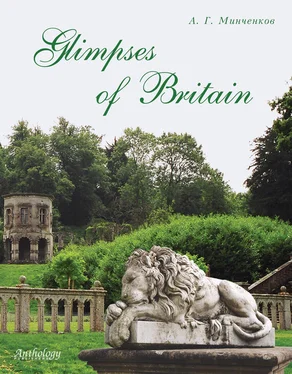
 William’s reign saw a wave of new building in the beautiful style called Norman or Romanesque. The Romanesque style was fully developed by about 1100, becoming the accepted style for church buildings throughout Europe, with marked regional variations. In England, soon after the Norman Conquest work began on the Cathedrals of Canterbury, Lincoln and Winchester [12] , and the churches of St. Albans, Ely and Worcester. However, only parts of these buildings have survived: they were all largely rebuilt in the 12th – 14th centuries. The finest Norman building to survive in England is Durham Cathedral, begun in 1093 and completed in 1133. [7] The style made use of massively thick walls, huge columns and lofty vaults. There were small windows and doors. The round arch became established as the basis of the church interior. [9] Some of the churches were indeed very ornate, with decorated pillars and carved doorways.
William’s reign saw a wave of new building in the beautiful style called Norman or Romanesque. The Romanesque style was fully developed by about 1100, becoming the accepted style for church buildings throughout Europe, with marked regional variations. In England, soon after the Norman Conquest work began on the Cathedrals of Canterbury, Lincoln and Winchester [12] , and the churches of St. Albans, Ely and Worcester. However, only parts of these buildings have survived: they were all largely rebuilt in the 12th – 14th centuries. The finest Norman building to survive in England is Durham Cathedral, begun in 1093 and completed in 1133. [7] The style made use of massively thick walls, huge columns and lofty vaults. There were small windows and doors. The round arch became established as the basis of the church interior. [9] Some of the churches were indeed very ornate, with decorated pillars and carved doorways.

